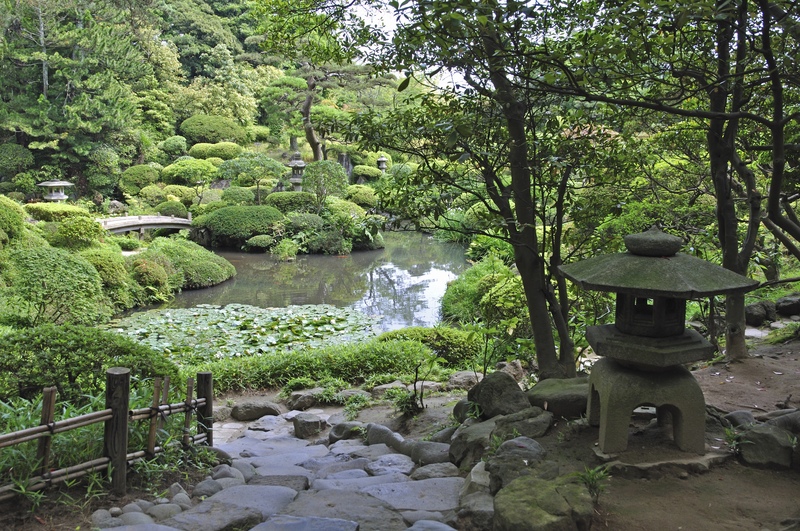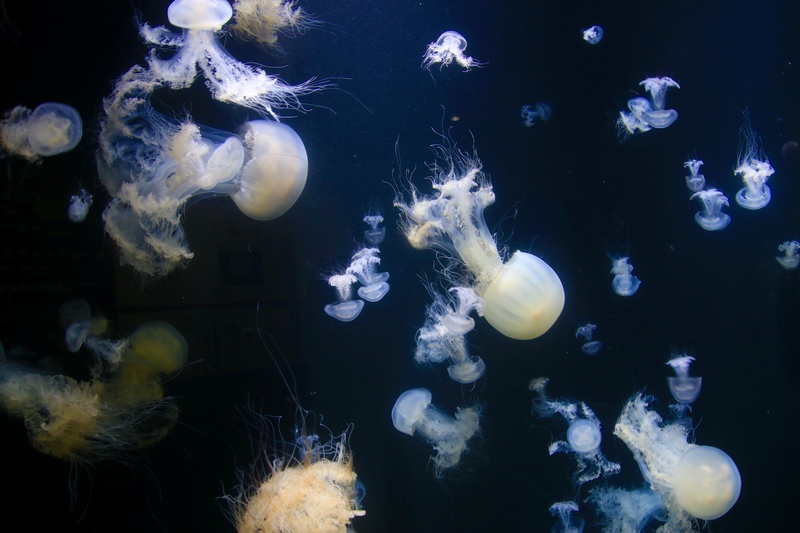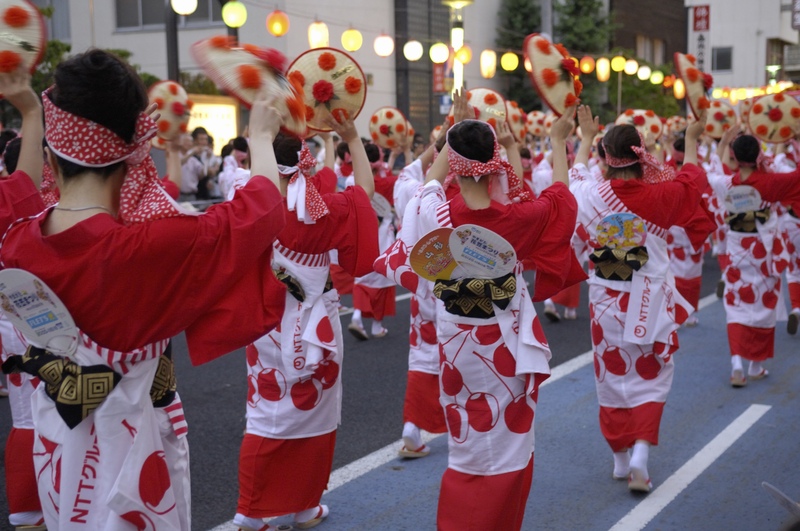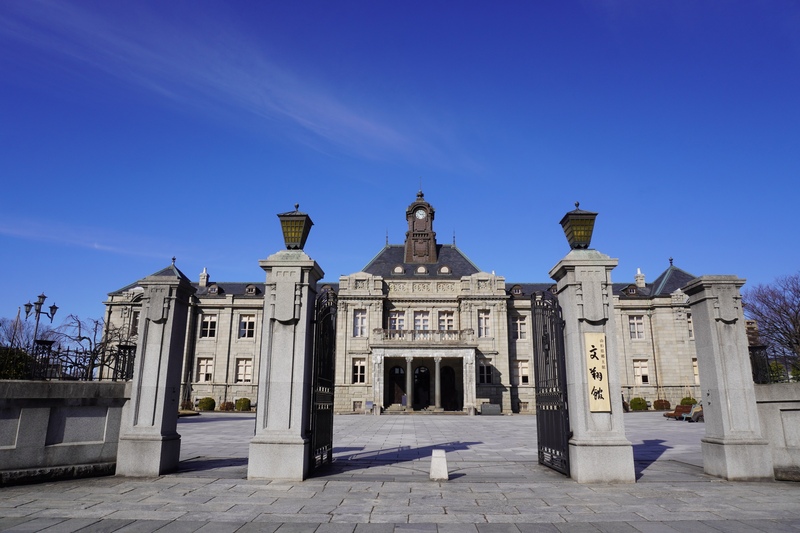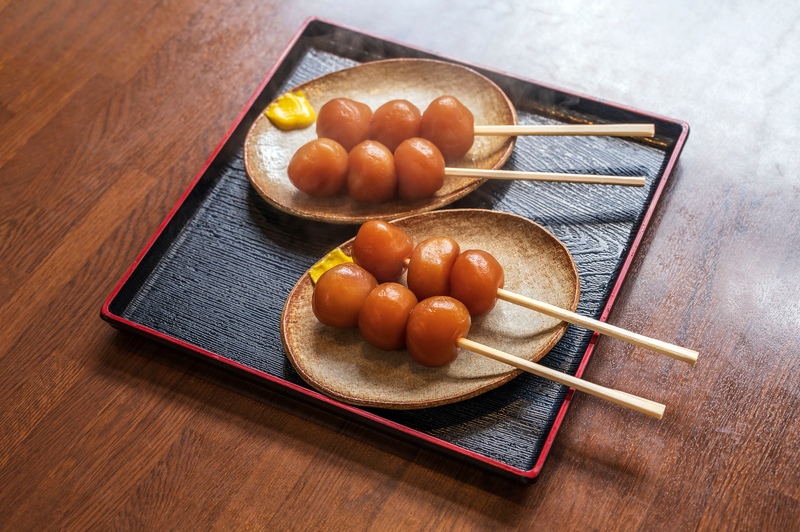Yamagata's Zao Juhyo: Enchanting Snow Monsters Crafted by Japan's Winter
The "Juhyo" or ice trees found in the Zao Mountain Range in Yamagata Prefecture are one of Japan's most stunning winter landscapes, attracting numerous tourists.
Also known as "snow monsters," these ice trees are a unique natural phenomenon that thrive in harsh cold and windy conditions.
This article provides detailed information on the highlights of Zao Juhyo, how to access the area, and convenient tips for travelers.
For visitors wanting to experience the Japanese winter, the Zao Juhyo is a must-see attraction.

What is Zao Juhyo? Nature's Art Crafted by Snow and Wind
Zao Juhyo is a special snow formation seen in the Zao Mountain Range, spanning Yamagata and Miyagi Prefectures.
This phenomenon occurs only under specific cold conditions and is limited to certain areas in Japan, with Zao being the most famous spot.
The Juhyo form when ice and snow crystalize on Aomori fir trees, growing into massive "monster" shapes under the influence of the wind.
Their appearance is a breathtaking natural art piece that leaves viewers in awe.
Conditions for Juhyo Formation
For Juhyo to form, three conditions are necessary: sub-zero temperatures, strong winds, and high humidity.
When these conditions align, frost attaches to the fir tree branches, and as the wind blows, they grow and change shape into large formations.
In this way, Juhyo grow and appear as huge "snow monsters" lining the mountain slopes during the cold winter months.

Enjoying Zao Juhyo: Winter Activities and Tourist Spots
1. Experience an Enchanting Night with Juhyo Illumination
One of the key highlights of Zao Juhyo is the nighttime "Juhyo Illumination."
At night, lights illuminate the white Juhyo, bathing them in colorful hues of blue, pink, and green, creating a magical landscape.
This illumination is held only during the winter season, and the view of the illuminated Juhyo from the ropeway is especially breathtaking.
2. Aerial Stroll via Ropeway
The best way to enjoy Zao Juhyo is by taking the ropeway.
Riding the Zao Ropeway offers an aerial view of the Juhyo spread across the mountain slopes, giving you the sensation of entering a world of snow monsters.
The ropeway operates up to the Zao summit station, providing stunning views of the Juhyo formations below.
3. Skiing and Snowboarding Down the Juhyo Fields
Zao is also renowned as a ski resort, allowing you to ski or snowboard down the Juhyo fields.
This offers a unique experience of seeing the Juhyo up close while skiing down snowy mountains.
There are also beginner-friendly courses, ensuring a safe and enjoyable winter activity for first-timers.
4. Enjoy the Spectacular View from the Summit Observatory
From the observatory at the Zao Ropeway summit station, you can enjoy a panoramic view of the Zao Mountain Range and Juhyo fields.
On clear days, the distant mountains and expansive Juhyo create a beautiful panorama, offering breathtaking sights perfect for photography and memories.

Access to Zao Juhyo and Nearby Tourist Spots
Access by Public Transportation
- From Yamagata Station to Zao Onsen
- Buses to Zao Onsen operate from Yamagata Station, taking about 40 minutes.
- From the Zao Onsen bus terminal, you can walk to the ropeway station.
- Access from Sendai Station
- Buses from Sendai Station to Zao Onsen are also available, taking about 1.5 hours.
- Access from Sendai Airport to Yamagata City is convenient, making it easy to reach Zao Onsen.
Access by Car
Zao Onsen is accessible via the Tohoku Expressway and Yamagata Expressway.
During winter, roads can be snowy, so snow tires or chains are necessary.
Parking facilities are available in the onsen town.
Nearby Tourist Attractions
- Zao Onsen
- Zao Onsen, with a history of 1,900 years, is a renowned hot spring where you can relax after viewing the Juhyo.
- The water is highly acidic and is said to have beautifying effects.
- Okama Crater Lake
- During the summer season, the volcanic crater lake "Okama" is a popular tourist spot.
- The beautiful blue water emits a mysterious atmosphere.

Basic Information for Zao Juhyo Tourism
- Location: Zao Onsen, Yamagata City, Yamagata Prefecture
- Juhyo Viewing Season: Late January to early March
- Ropeway Operation Hours: 9 AM to 5 PM (Extended during night illumination)
- Admission Fee: Round-trip ropeway fare is around 3,000 yen for adults
Handy Information for Travelers
- Wi-Fi
- Wi-Fi is available in parts of Zao Onsen town and on the ropeway.
- However, signal may be weak in the mountains, so bringing mobile Wi-Fi is recommended.
- Clothing and Essentials
- Winter in Zao is extremely cold, with sub-zero temperatures, so bring warm clothes, gloves, and a hat.
- Waterproof shoes or boots with spikes are also useful for walking on snow.
- Ropeway Operating Hours
- Juhyo viewing is weather-dependent, and the night illumination schedule may change.
- Check the ropeway operation status before visiting.
Conclusion: Enjoy the Beauty of Japan's Winter with Zao Juhyo
Zao Juhyo is a winter spectacle that Yamagata Prefecture takes pride in, leaving a strong impression with its enchanting snow monster landscape.
The contrast of blue skies and white Juhyo during the day, and the magical scenery under night illumination, offer a unique beauty of the Japanese winter.
Create winter memories in the Zao area, where you can also enjoy skiing and hot springs.
Experience the beauty of Japan's winter nature by visiting the Zao Juhyo.
Frequently Asked Questions (FAQ)
Q. When is the best season to see Zao Juhyo?
A. The Juhyo are most beautiful from late January to mid-February.
During this period, the Juhyo grow and the snow monsters can be seen clearly.
Q. Is a reservation required for Juhyo Illumination?
A. No reservation is necessary, but early arrival is recommended due to expected crowds.
The illumination schedule can vary, so check in advance.
Q. Are there ways to see the Juhyo other than the ropeway?
A. Juhyo are located at high altitudes, so the ropeway is recommended for access.
Snowshoe tours are available, but thorough preparation is needed.
Q. What equipment is needed for Juhyo viewing?
A. Warm clothing, gloves, a hat, and waterproof shoes are essential.
Strong winds make scarves or face masks useful for comfort.




